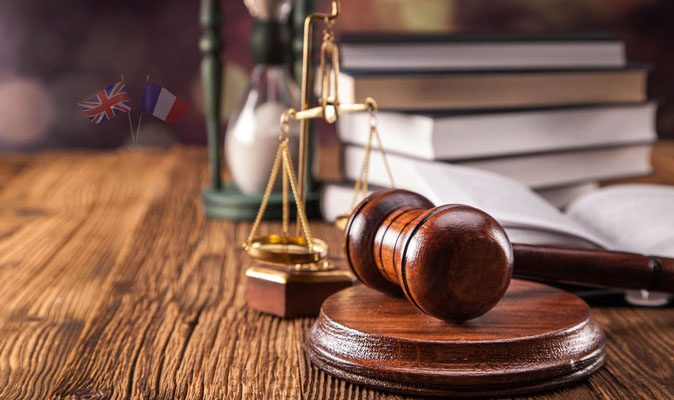After the February 1979 Islamic Revolution, and based on March 1979 referendum, Iran became an “Islamic Republic”. The fundamental concept of this Islamic government is modeled after Ayatollah Khomeini´s idea on the rule of the jurisprudent (Velayat-e-Faghih). This means that the state is to be guided by a learned religious jurist. Having this in mind, the Islamic Republic appears to be a unique form of government where “Islamic “ and “Republican” structures run parallel to each other. Therefore, Iran´s system of government may be acknowledged as a blend of democracy and theocracy with authority derived from the constitution enacted in 1979 and revised in 1989. Now let us see how the power structure and the legal structure of Iran look like.
1) Under the provisions of the Constitution, the government in Iran is structured to have three branches of authority under the chief of state, as the Supreme Leader. These are: the Judiciary, the Majles (Parliament) and the Executive power, with the President at its head. While the Majles and the President are elected through direct people´s vote, the head of the Judiciary is elected from the Supreme Leader directly. The Supreme Leader himself is appointed by the Assembly of Experts , members of which are elected again by people´s vote.
2) In The legal structure of Iran, The highest authority in the country is the Leader (Article5) who exercises combined supreme political and religious power. He can also influence all economic matters according to the powers vested in him by the Constitution (Article 110).
3) Next to the Leader, the President is the highest authority in the country (Article 113). Among his diverse responsibilities, the President signs and supervises the implementation of laws passed by the Majles and supervises the implementation of the budget and development plans ratified by the same body. He heads the Cabinet and appoints and dismisses Ministers with the consent of the Majles. The latter itself has the power to impeach individual Ministers in addition to having the power to impeach the Council of Ministers collectively (Article 89).
The President´s office consists of the Secretariat, Advisors and Deputies to the President. He also has seven aides in charge of the seven institutions administered by him including the Management and Planning Organization (formerly the Plan & Budget Organization). The President also acts as the chairman to the Supreme National Security Council – an influential committee that supervises all government activities related to defense, foreign policy and the like.
4) The legislature consists of the Islamic Consultative Assembly or Majles (Parliament) and the Guardian Council of the Constitution. All legislation must first be approved by Majles and then ratified by the Guardian Council (Article 94). Resolutions normally become law, when passed by a simple majority of those attending, unless otherwise required by law. Quorum is reached by attendance of two-thirds of the members of the Parliament. These rules change for emergency situations. Under the provision of Article 69 of the Constitution all deliberations of the Majles must be open and a full report of these must be broadcasted by radio and then published verbatim by the Official Gazette.
5) The Guardian Council checks all laws passed by the Majles for compatibility with the Constitution and the Islamic tenets (Articles 91 & 94). The Council itself has twelve members, six of whom are clerical Islamic canonists appointed by the Leader with the power to rule on the compatibility of all legislation with Islamic principles via simple majority of these six. The other six are elected by the Majles from among 12 jurists whose candidature is put forward by the head of the Judiciary. Compatibility with the constitution is decided by a majority of the whole Council. The Guardian Council´s role is in effect like that of an upper house of parliament than can vote out the lower house´s resolution. In the case of a disagreement, although the Majles can send the relevant bill back to the Guardian Council for a second reading, the options are open to the Majles if it still disagrees either to accept the ruling of the Guardian Council or refer to the Expediency Council. In addition the Guardian Council is responsible for interpreting constitutional law and supervising elections vetting candidates that are deemed unqualified to run and also validating the election results to protect against fraud.
6) The Expediency Council was first established on a temporary basis in February 1988 to resolve any disputes that arose between the Majles and the Council of Guardians as described above. Later on Article 112 of the 1989 amended Constitution, made it a permanent institution and added to its duties an advisory role to the Leader.
The Expediency Council is slowly becoming one of the important actors in the decision-making process of Iran. Besides, it should be noted that this body, to some extend, could overrule the Constitution, if it is expedient and deemed in the interests of the country to do so.

